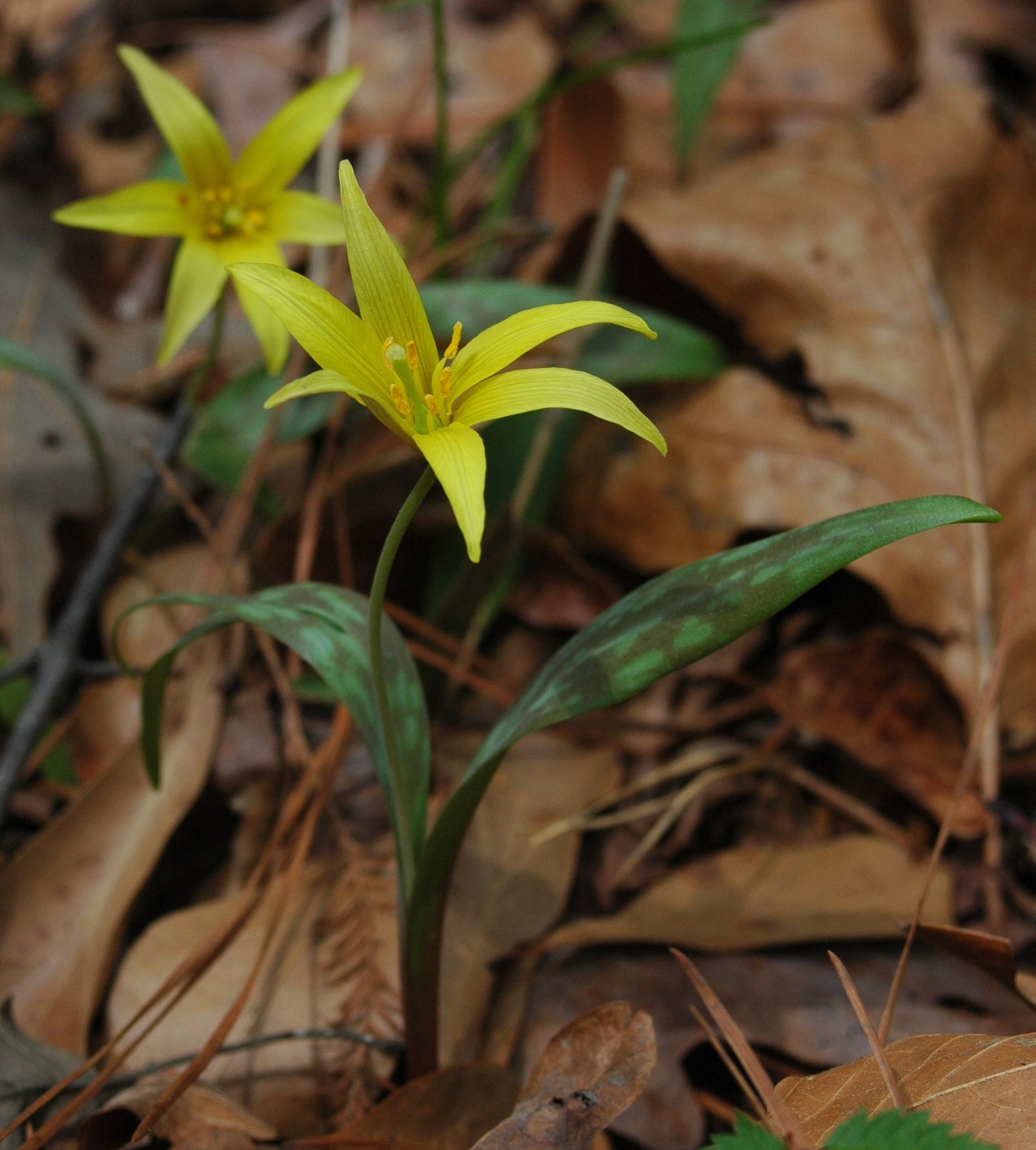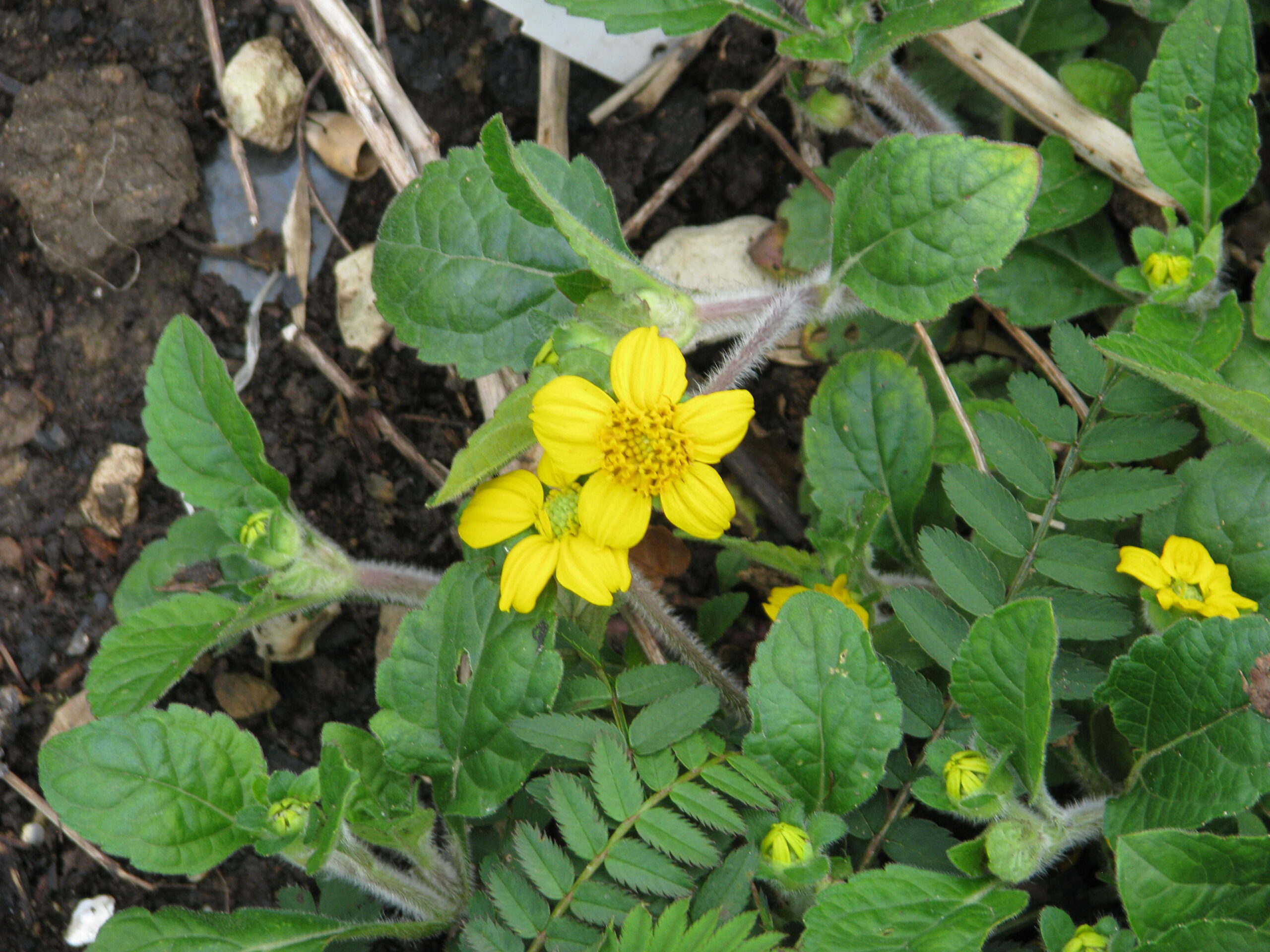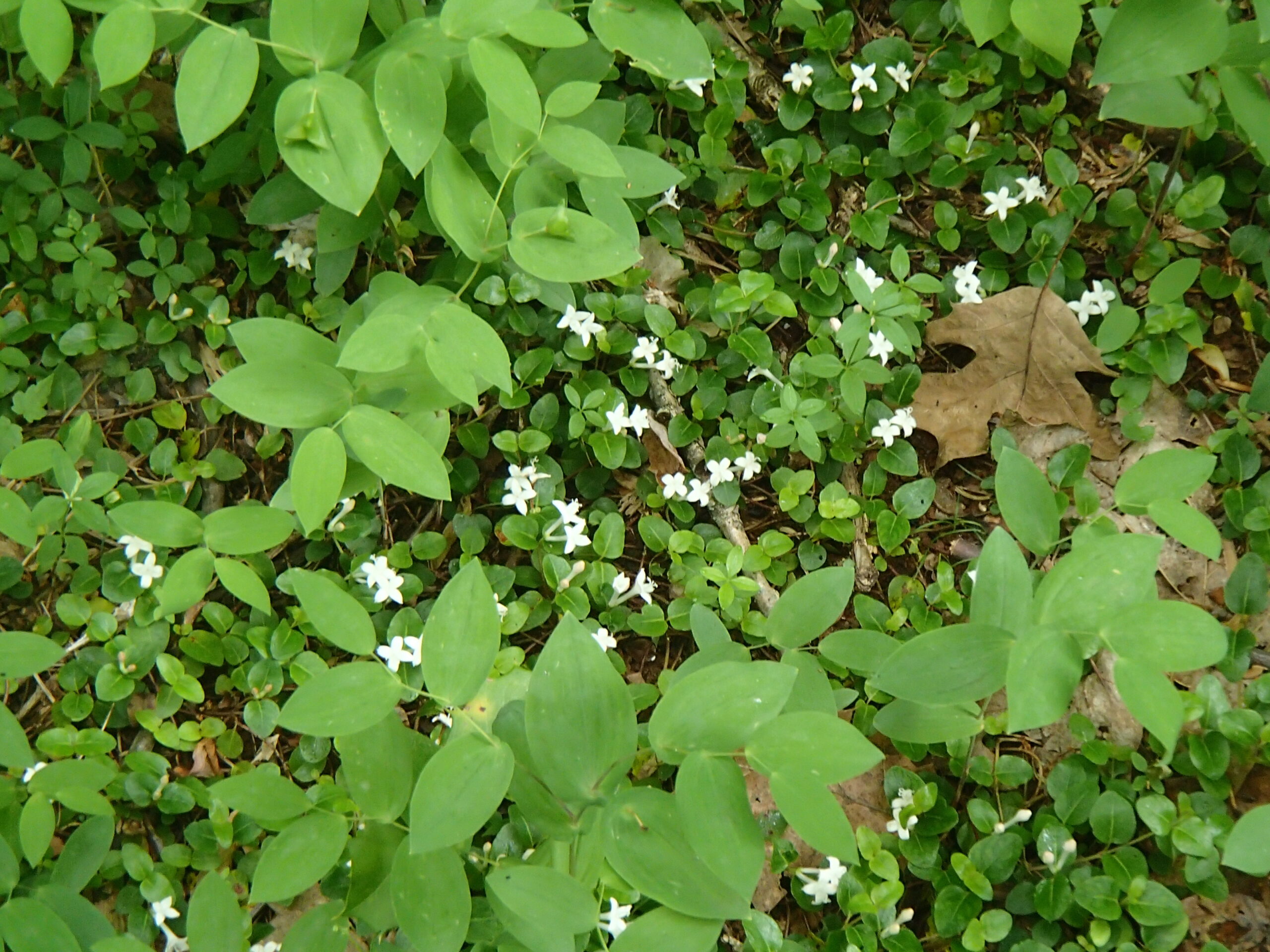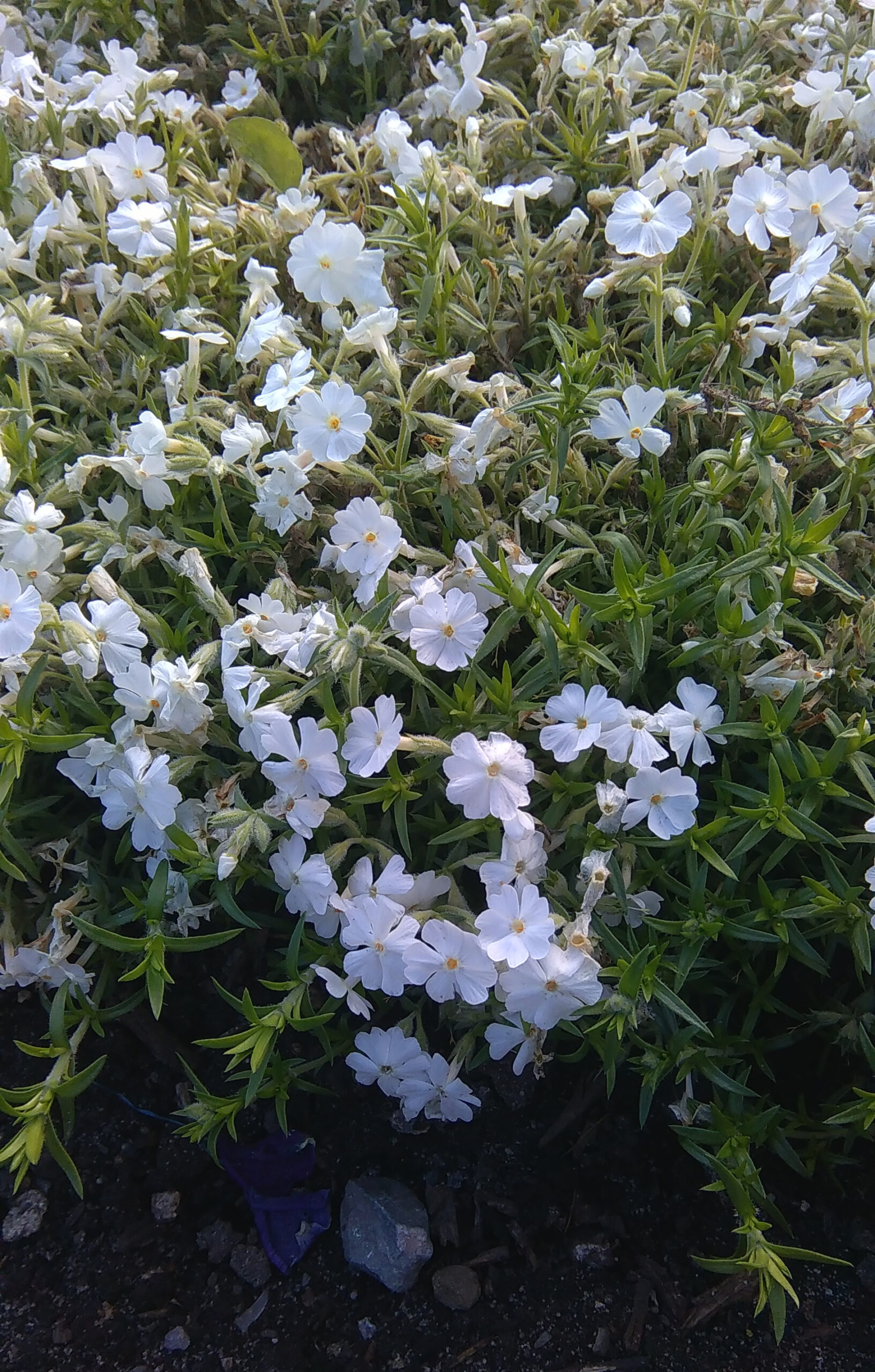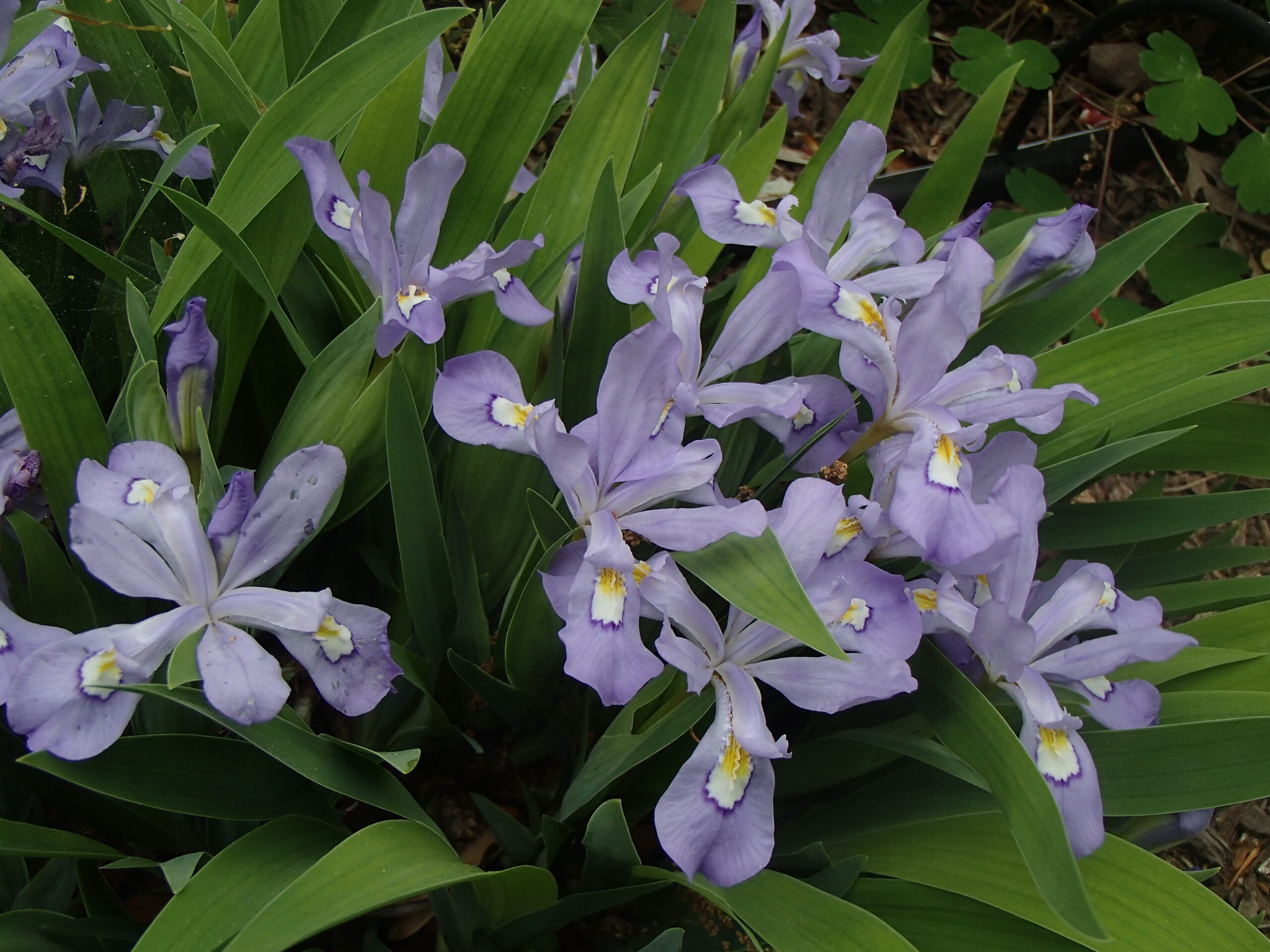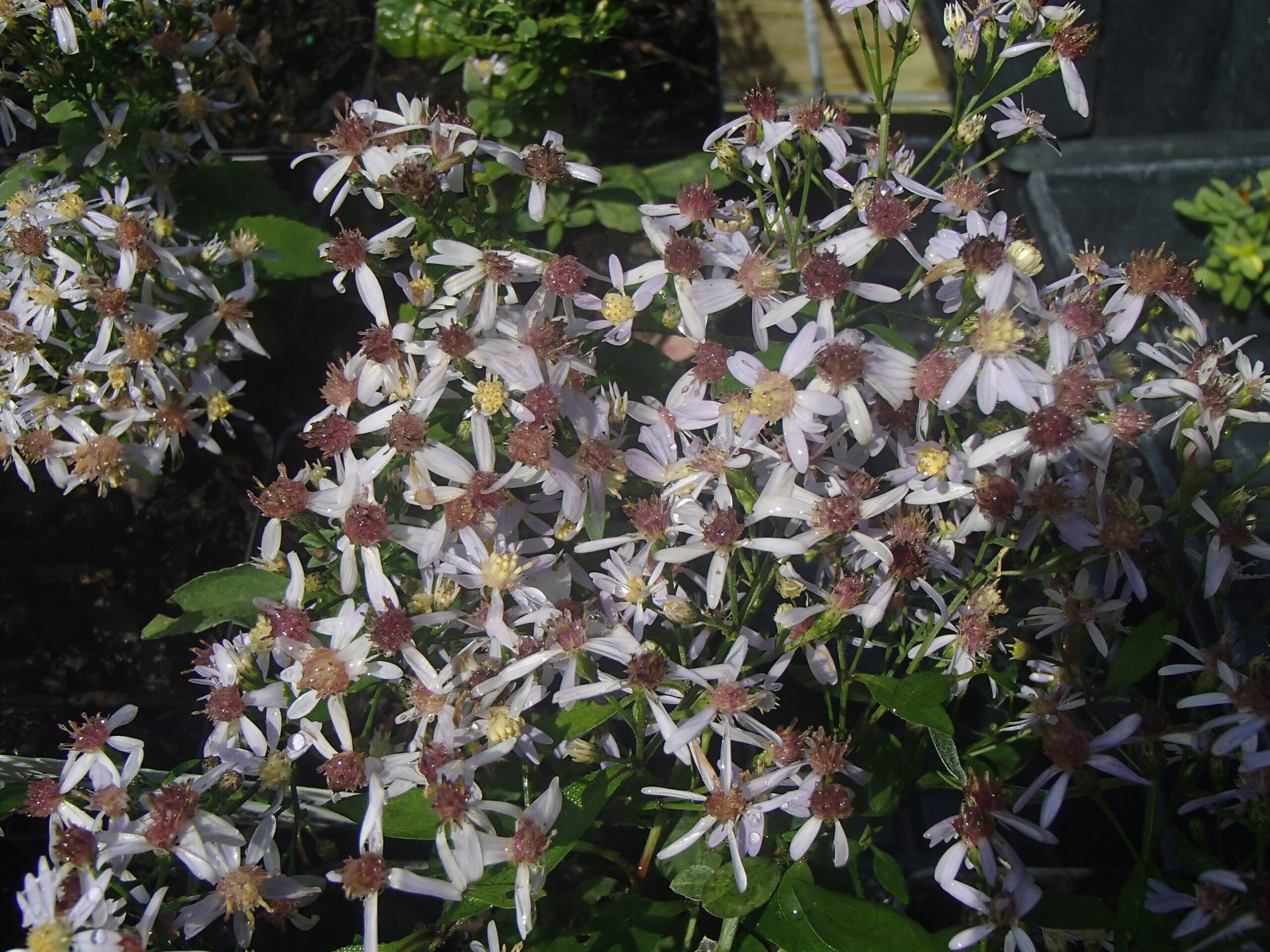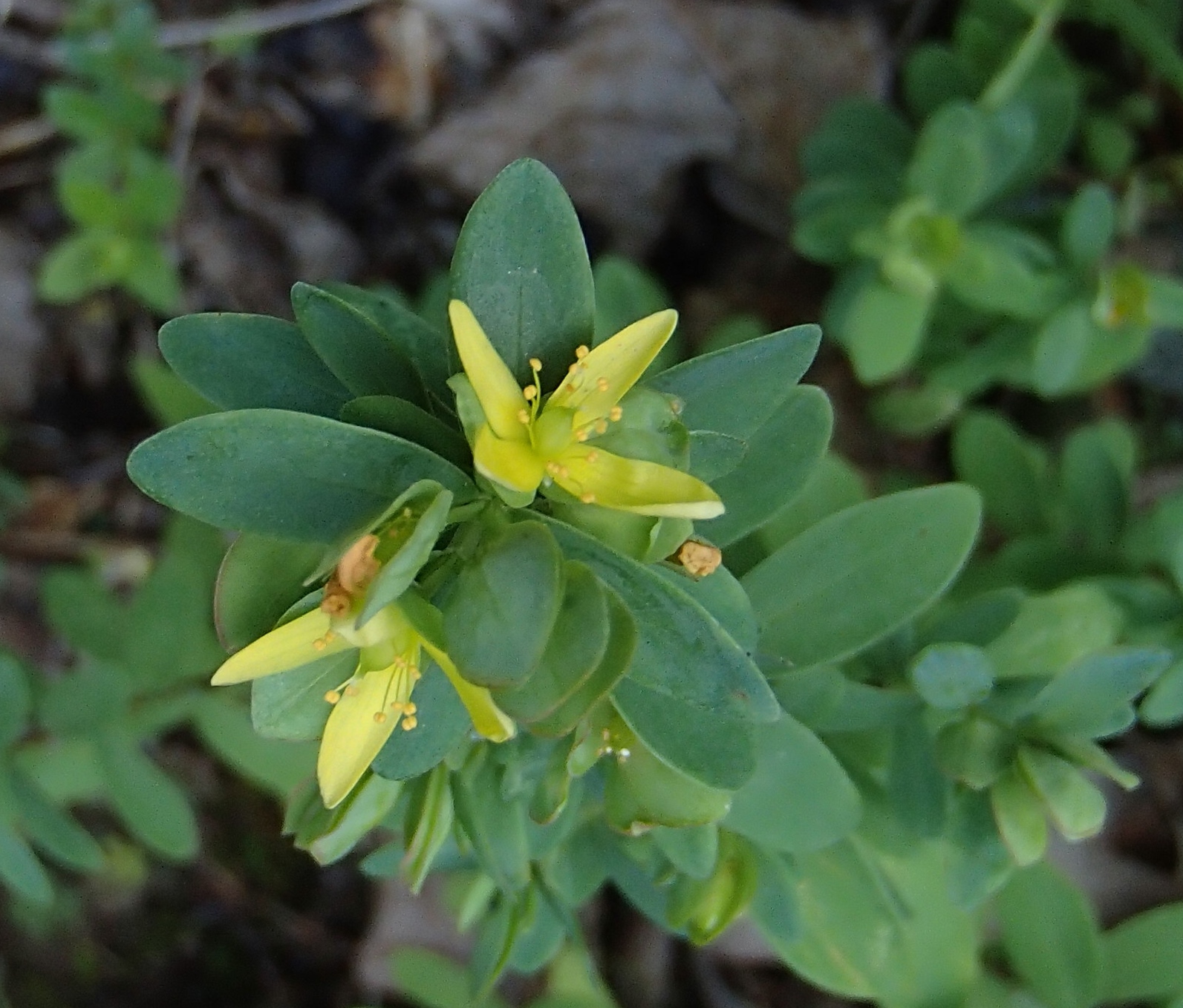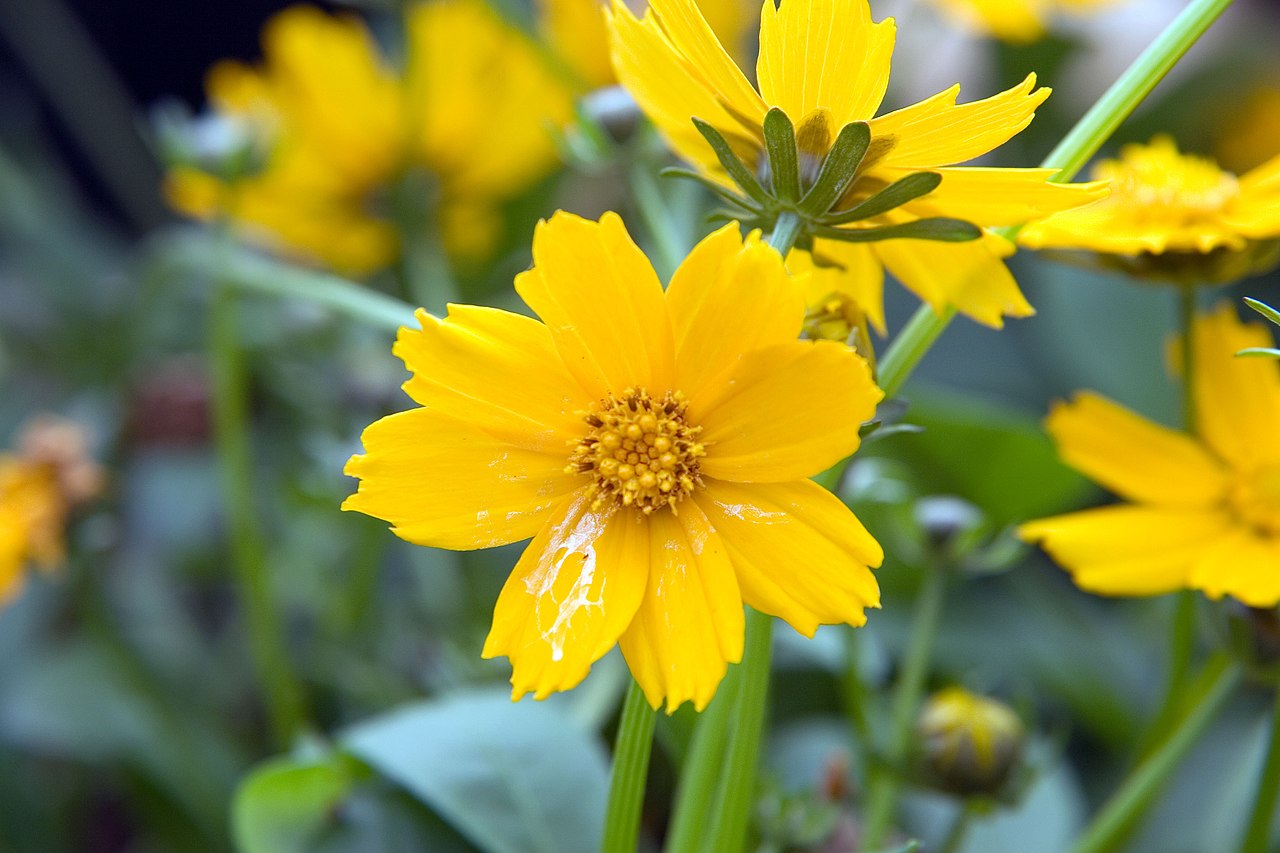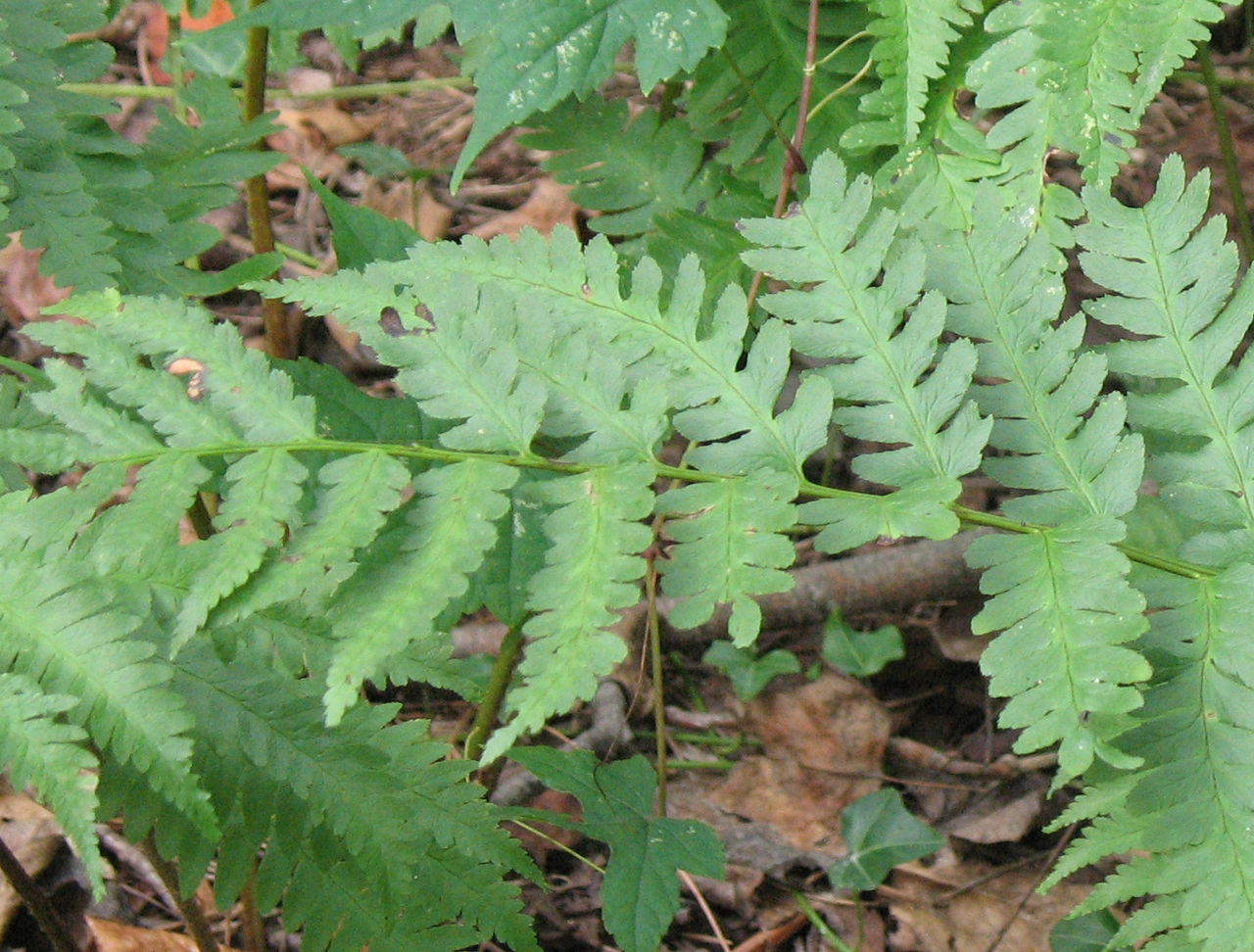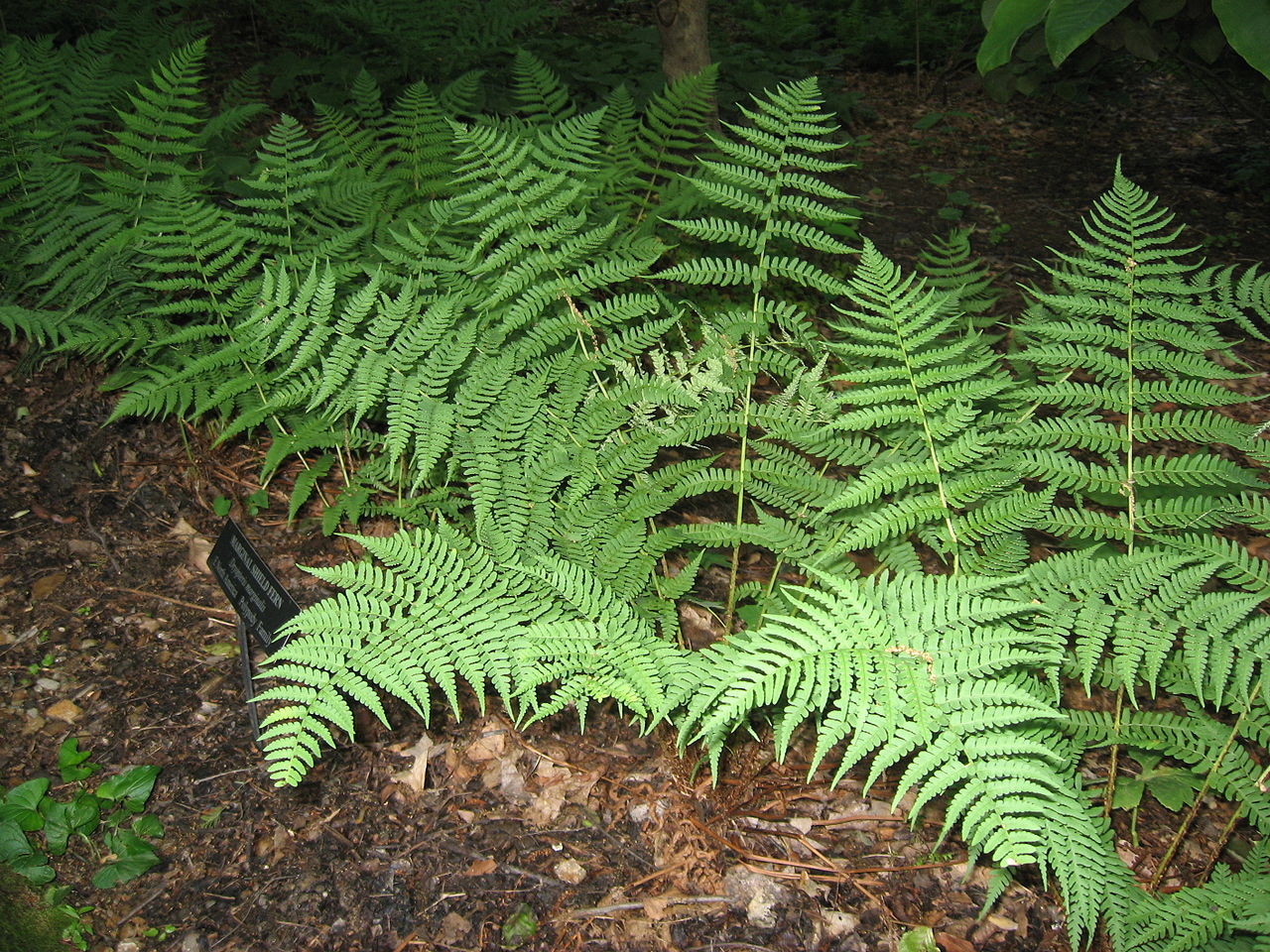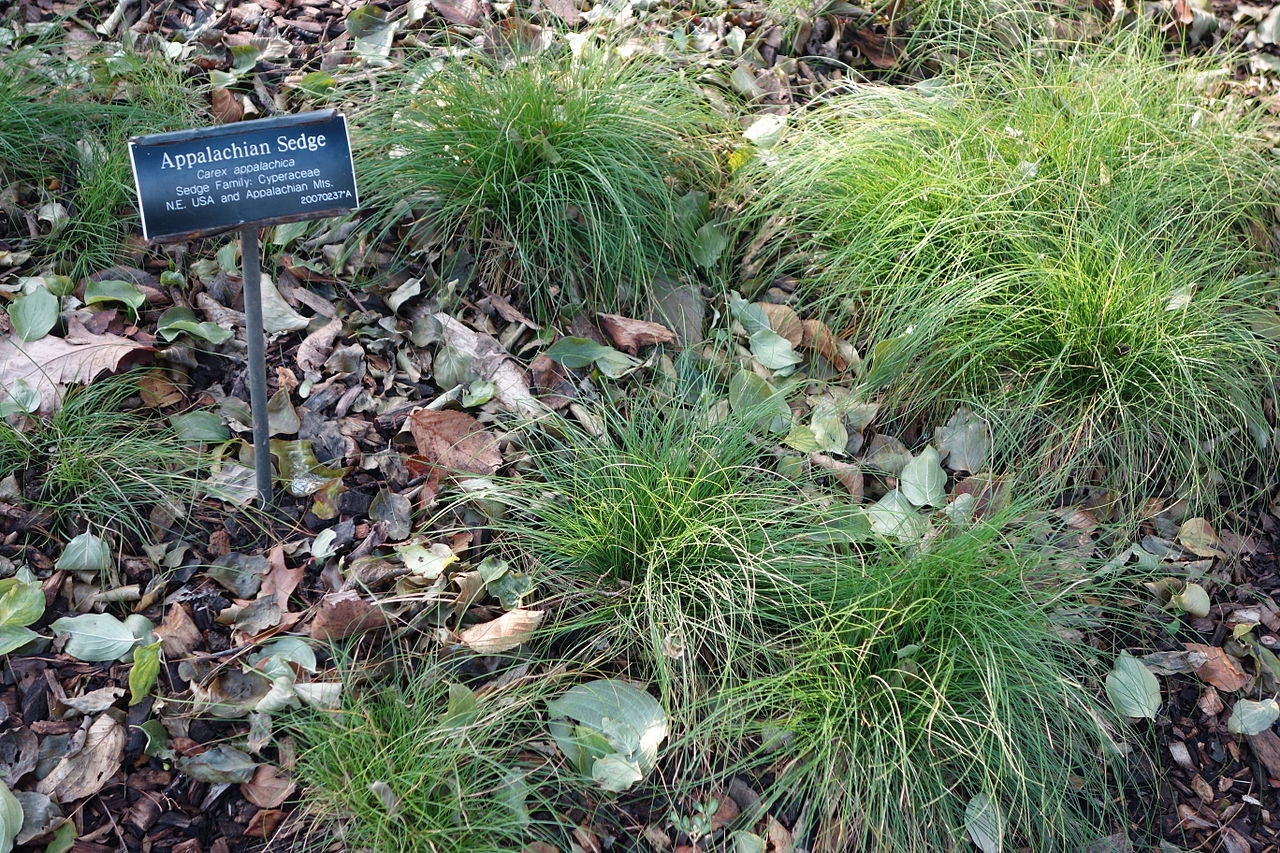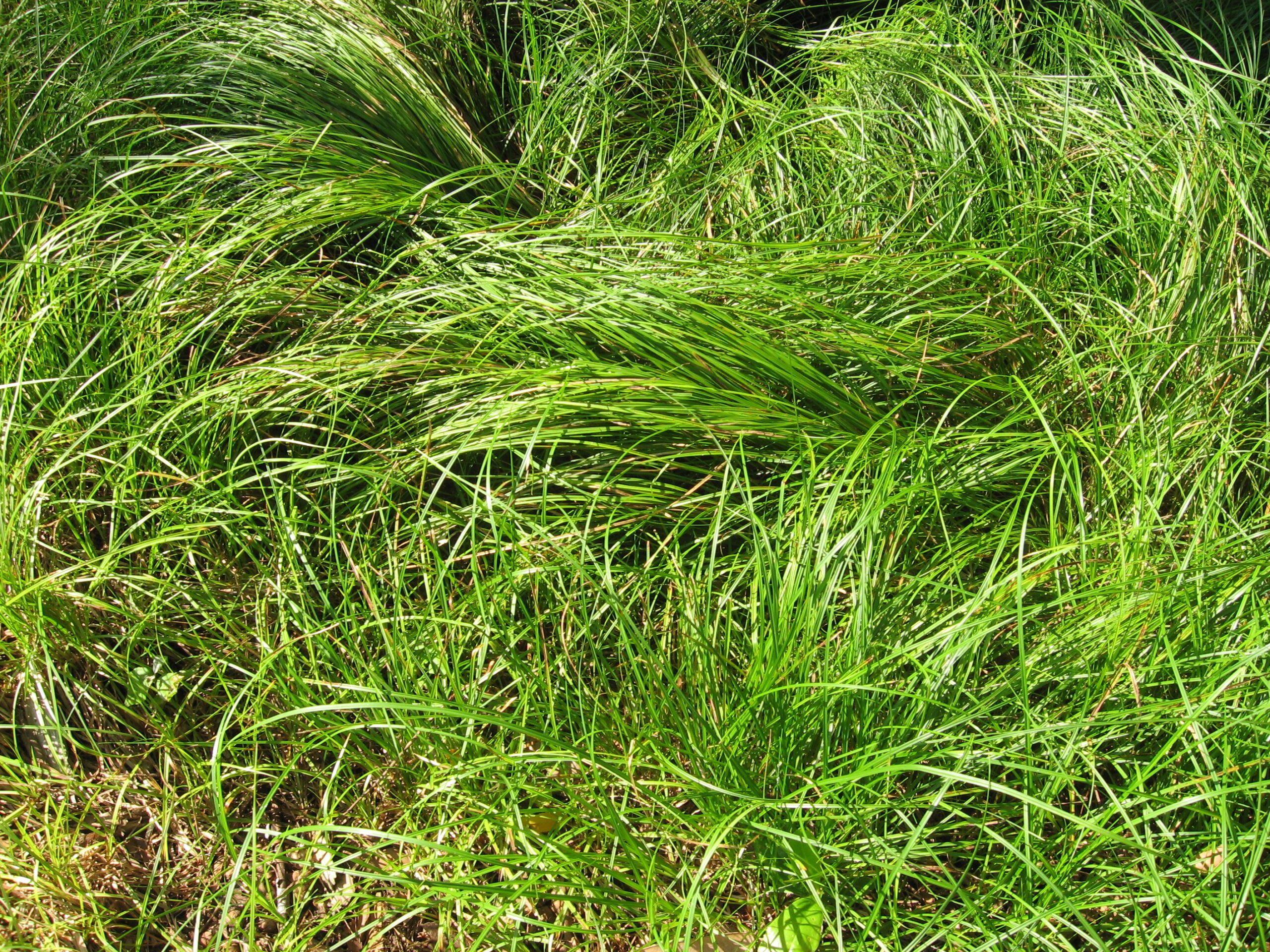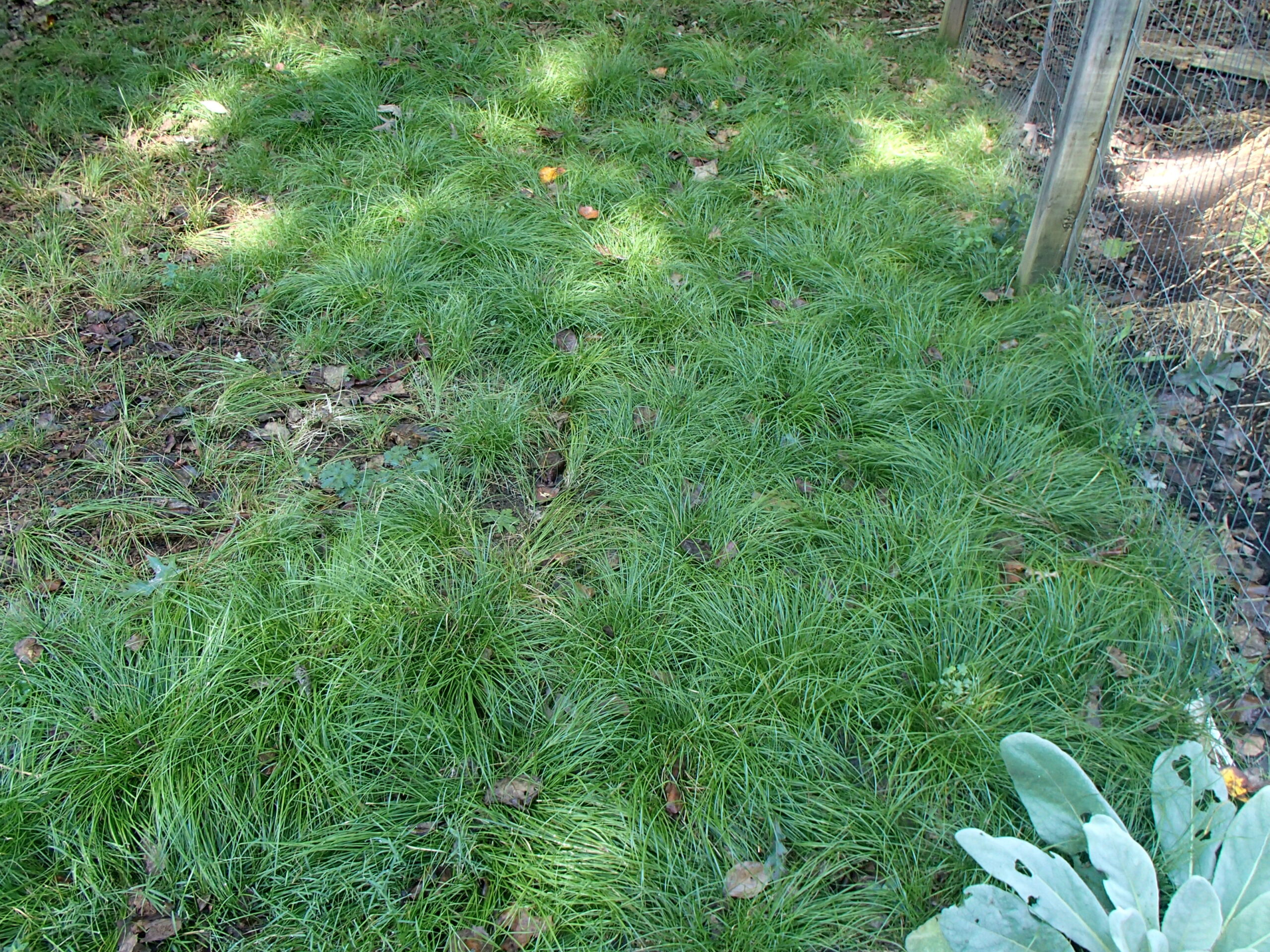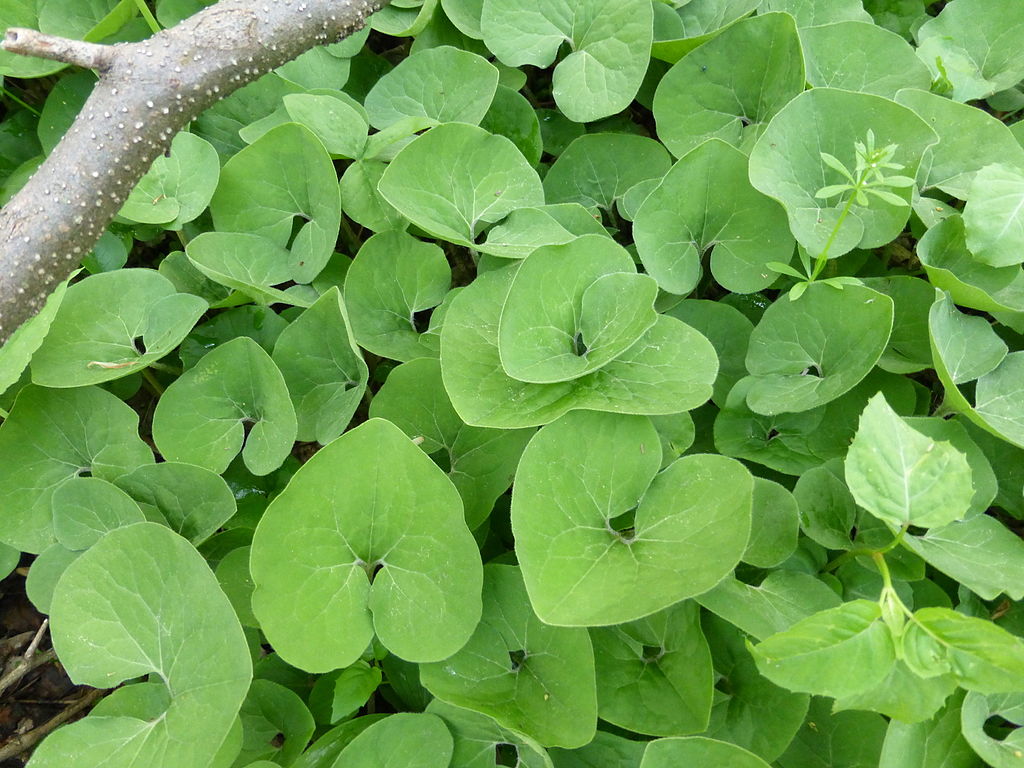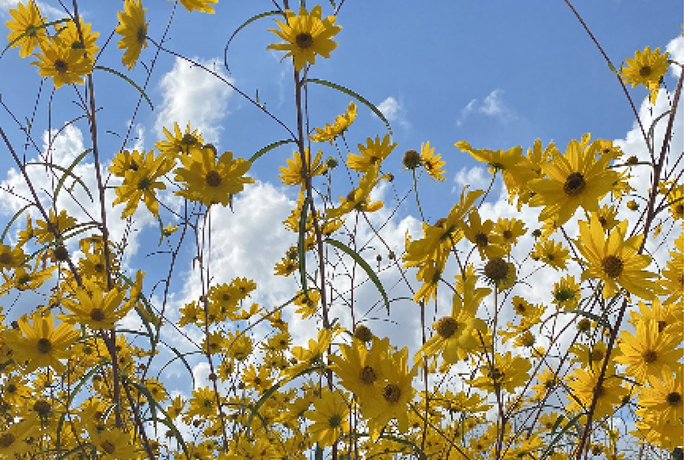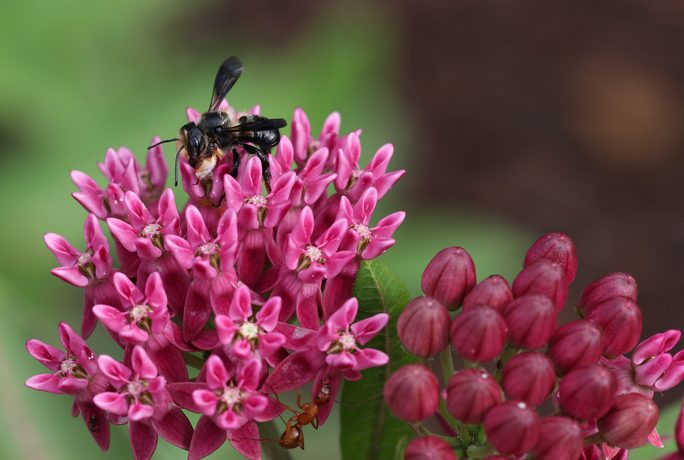NURSERY HOURS
Wednesday: 10-4 Thursday: 10-6 Friday-Saturday: 10-4 Sunday: 12-4
January 24, 2024
Phyla nodiflora
Frogfruit is a charming, rapid growing perennial that serves as a wonderful groundcover, lawn substitute, or is attractive trailing in hanging baskets, pots, or even over boulders. It naturally occurs in wetlands or disturbed areas with moist soil, and may also be planted next to water gardens or as a…
January 24, 2024
Viola sororia
Common Blue Violet is a semievergreen short lived perennial in the Violaceae family. This plant readily self-seeds, making it a good groundcover. It also handles a bit of foot traffic, so can also be considered as a lawn alternative. The leaves and flowers are edible, and can be eaten raw…
January 24, 2024
Fragaria virginiana
Wild Strawberry is a semi-evergreen groundcover in the Rosaceae family. It blooms in early spring, showing white flowers that will become edible berries by the end of the summer. Although it can handle occasionally dry soil, it prefers moist well-drained soils. Wild Strawberry, like others in the Fragaria genus, support…
November 5, 2021
Erythronium americanum
Recognized by its paired, green-and-brown/maroon spotted leaves (like trout), the Trout Lily is sometimes called Dogtooth Violet for its white underground corm. Trout Lily is a lily, not a violet. It is a common spring ephemeral wildflower that grows in woodland colonies in Eastern North America, except for Florida. In North…
April 29, 2019
Chrysogonum australe
Green-and-Gold, of which there are several forms, is a hardy, low-growing, long-blooming herbaceous perennial found along woodland edges and clearings on the East coast from New York south to Florida and west to Louisiana. With attractive, semi-evergreen foliage, bright yellow 1.5-inch daisy-like flowers on fuzzy stalks for much of the growing…
September 17, 2018
Mitchella repens
Partridgeberry is a beautiful, trailing, evergreen, mat-forming woody vine, no taller than two inches, reported in all states of eastern North America, and thriving in our piedmont Oak Hickory forest understory. Its leaves are rounded, paired, rich dark green with white markings, 1/2 to 3/4-inch long. Its tiny white, fragrant, tubular…
September 17, 2018
Phlox nivalis
Phlox nivalis, or Traliling Phlox, is a low growing, early flowering, sun-loving species of Phlox which presents as a mound-forming mat of stiff, needle-like, evergreen foliage. Although reported in all three NC zones (mountains, piedmont, coastal plain) its strongest presence appears to be in sandhill and dry habitats of the central…
September 17, 2018
Iris cristata Aiton
Dwarf Crested Iris is beloved in southern gardens as it is a beautiful and easy groundcover. In nature, it is found in rich or rocky wooded slopes and stream banks in Eastern states, well inland from the coast, and in NC is reported in mountain and piedmont counties only. Dwarf Crested…
September 17, 2018
Eurybia divaricata
White Wood Aster is a two foot-tall, rhizomatous, drought-tolerant herbaceous perennial which grows in open, dry woods and shady clearings in much of the Eastern U.S., including many mountain and piedmont couties in NC. This plant lights up shady, dry woodland sites with delicate white daisy-like flowers from September to November.…
September 17, 2018
Hypericum stragulum
In spite of its intimidating scientific appellation, St. Andrew’s Cross is a humble little “subshrub”, one that is not found elsewhere in the trade. It occurs in dry woods from Long Island south and over to Texas and Oklahoma. We are very fond of it as it volunteers along paths inside…
September 17, 2018
Coreopsis auriculata ‘Nana’
Coreopsis auriculata, or “Mouse-eared Coreopsis”, is a sun-loving favorite for the native perennial garden in the Southeast. The flowers are single, about 2 inches across, with a center of golden disk flowers and 8 golden, characteristically toothed petals or ray flowers. They are held at 12 – 24 inches high, well…
September 17, 2018
Dryopteris celsa
Log fern is a fertile, naturally occurring, semi-evergreen hybrid between D. ludoviciana (Southern Shield Fern) and D. goldiana (Goldie’s Wood Fern) with a range in central, eastern and southeastern U.S. Log fern grows rapidly with wide, shiny, deeply cut, dark green fronds and dark stripes along the central rib. The sori,…
September 17, 2018
Dryopteris marginalis
Marginal Wood Fern is a smallish ( 1.5 – 2 foot high), well behaved, evergreen fern found in shady, rocky slopes in most of eastern U.S. In North Carolina, is is found in mountain counties and a few piedmont counties. It is clump-forming and non-colonizing, propagated by root crown division and…
September 17, 2018
Carex appalachica
Not all sedges are the same and this one is a beauty! The finely textured, medium green leaves of Appalachian Sedge grow between 12-18 inches in length, but the clumps arch gracefully over to the ground, actually only 6 to 10 inches tall. It can be grown as a specimen, where…
September 17, 2018
Carex pensylvanica
Carex pensylvanica, or Oak Sedge (or Pennsylvania Sedge) is found in dry woods mostly in Northeastern U.S. In North Carolina it occurs naturally in the mountain counties. This is one of the more popular sedges for gardeners and landscapers in our area because of its versatility. Plants are about 8 inches…
September 17, 2018
Carex retroflexa
This plant is not currently for sale. This is an archive page preserved for informational use. Old Field Sedge, or Reflexed Sedge, is a clump-forming, evergreen, grasslike plant usually found in dry, deciduous forests throughout Eastern North America. In NC it occurs in some of the piedmont counties, including our own…
September 17, 2018
Chrysogonum virginianum
Green-and-gold is a hardy, low-growing, long-blooming herbaceous perennial found along woodland edges and clearings on the East coast from New York south to Florida and west to Louisiana. With attractive, semi-evergreen foliage, bright yellow 1.5-inch star-like flowers on fuzzy stalks for much of the growing season, and an unfussy attitude about…
September 17, 2018
Asarum canadense
Asarum, or Wild Ginger, is an herbaceous perennial which grows in colonies in shady woodland locations especially in the more northerly Eastern U.S. Each plant consists of two heart-shaped leaves emerging from a fleshy root/rhizome complex. Between these two leaves a single, somewhat inconspicuous maroon flower arises in May/June, most often…
About the author

Proin volutpat vitae libero at tincidunt. Maecenas sapien lectus, vehicula vel euismod sed
Categories
Popular Posts
Instagram
Follow us

